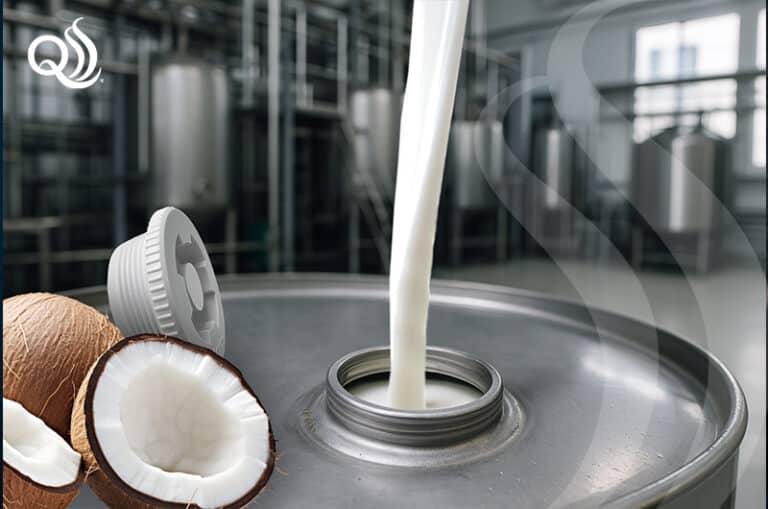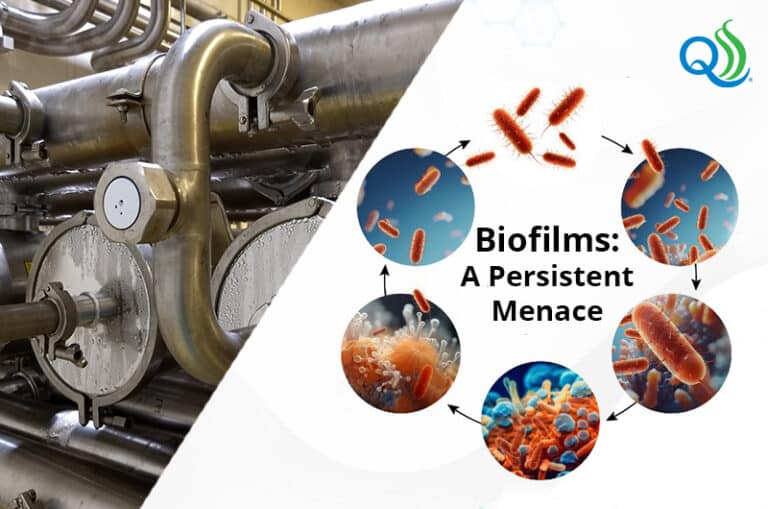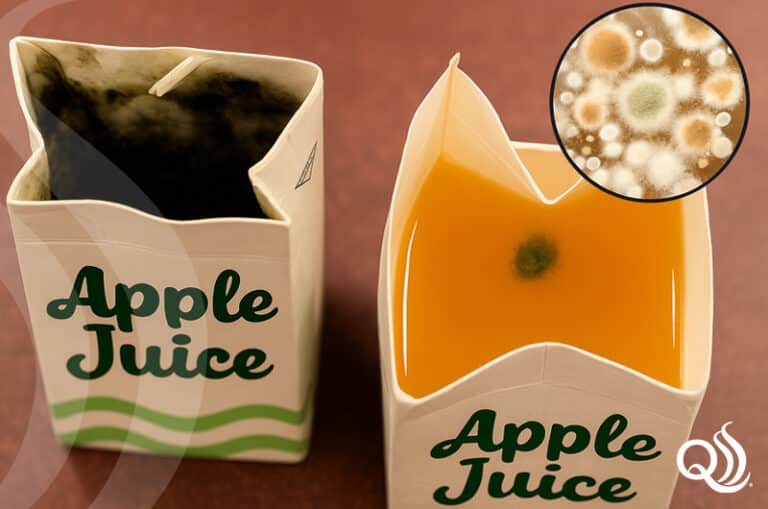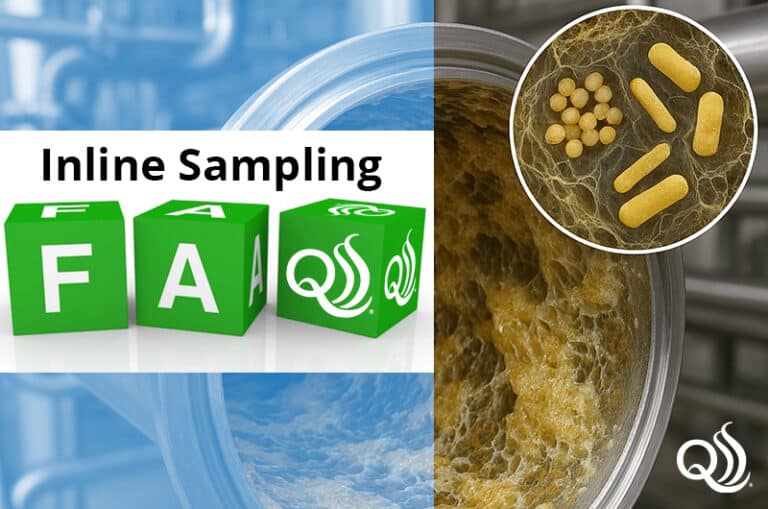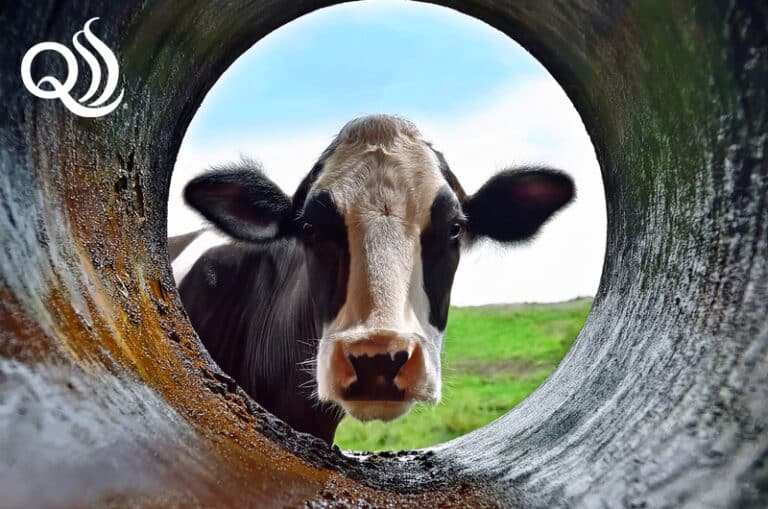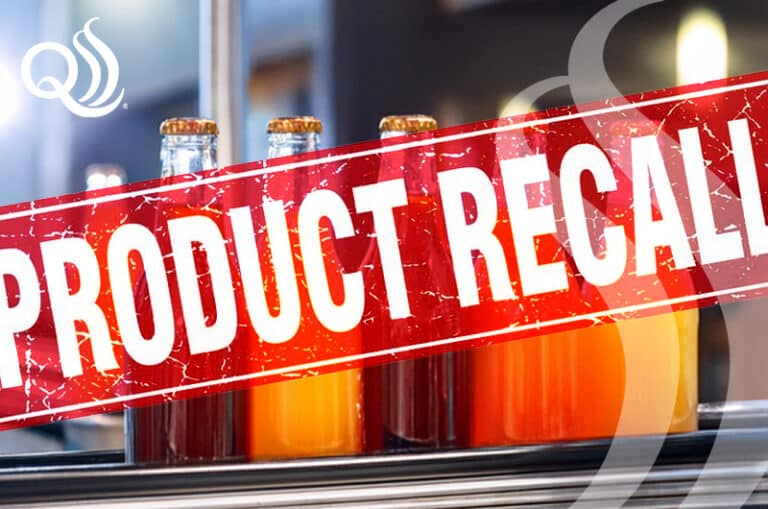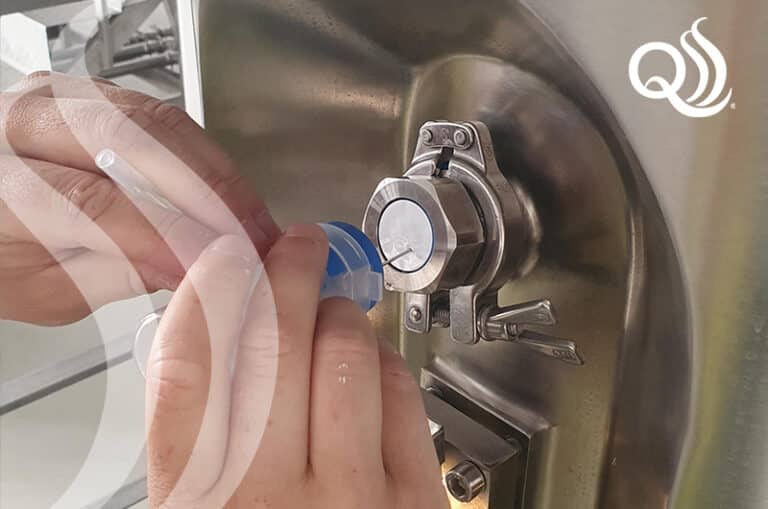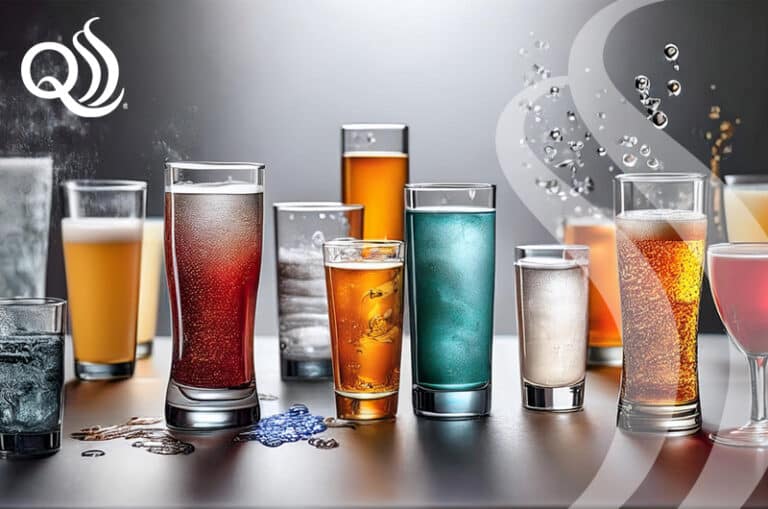The Math Behind the Microbial Menace: Dairy Product Sampling Strategies for Low-Level Contaminants
Key Takeaways This article is a deep, technical dive, but these key takeaways give you a quick overview of the most important concepts and conclusions on contamination, detection, and dairy product sampling strategies. Small Numbers, Big Consequences In dairy processing, persistent quality problems such as off-flavors, textural changes, and visible spoilage begin with imperceptibly small…


